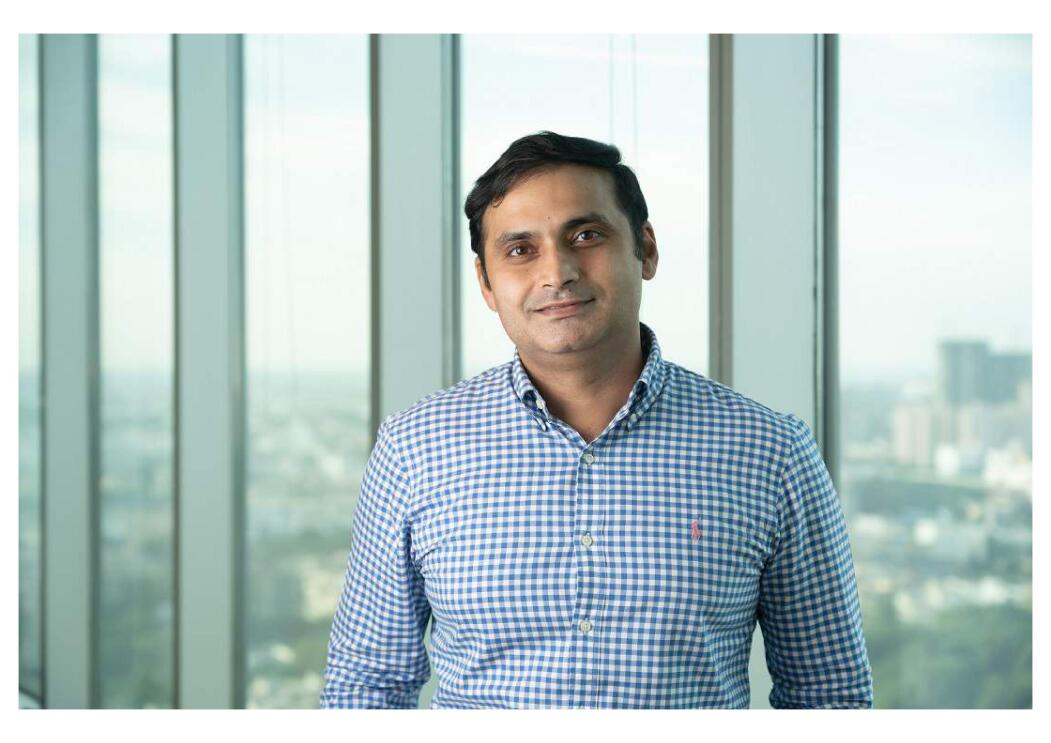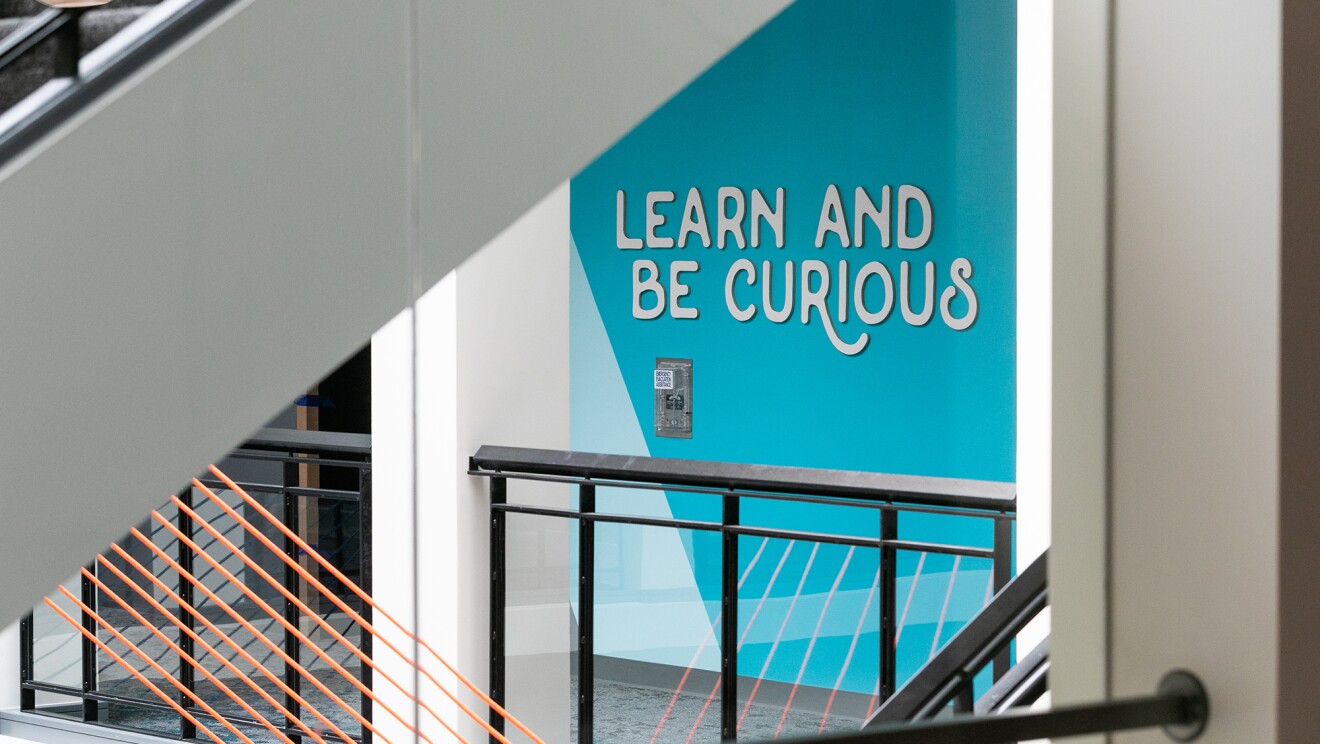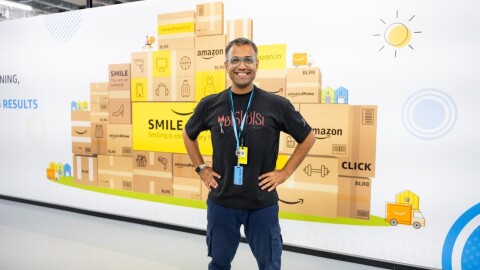I’ve been at Amazon for 12 years now, and have had the privilege of leading multiple teams and mentoring several individuals. This privilege, one that I do not take lightly, comes with the responsibility of helping people understand what they could do differently in their professional journeys.
In Amazon’s internal talent management and feedback tool, one of the most common Leadership Principles that Amazonians struggle to decode is ‘Think Big’. I’m often asked by colleagues: how can I improve my Think Big? Here is my perspective.
What does Think Big mean at Amazon?
The Think Big Leadership Principle states: “Thinking small is a self-fulfilling prophecy. Leaders create and communicate a bold direction that inspires results. They think differently and look around corners for ways to serve customers.”
Let’s talk about what Think Big is not. It isn’t about sitting in a corner and coming up with ideas. To be honest, ideas aren’t worth much. It’s the execution of a bold vision that is hard and the process is often filled with setbacks and obstacles. Think Big is all about communicating a direction and inspiring results—both action-oriented moves.

Our CEO Andy Jassy Andy captured it succinctly in his 2021 shareholder letter, where he said: “People often assume that the game-changing inventions they admire just pop out of somebody’s head, a light bulb goes off, a team executes to that idea, and presto—you have a new invention that’s a breakaway success for a long time. That’s rarely, if ever, how it happens. One of the lesser-known facts about innovative companies like Amazon is that they are relentlessly debating, re-defining, tinkering, iterating, and experimenting to take the seed of a big idea and make it into something that resonates with customers and meaningfully changes their customer experience over a long period of time.”
So, I thought I’d put down my version of a starter kit to Think Big—pillars that are common to big ideas I’ve seen executed and found success here at Amazon.
- Higher purpose
There’s one thing in common that I’ve noticed in people who index high on Think Big—they work for a nobler mission, a higher purpose than the current cycle, this promotion or that rating. Careers should not be defined by labels or titles but the purpose we seek out, the scale of the impact we create, the leverage we leave behind (culture, people, process), and the patience and grit we show (challenging our own boundaries). At Amazon India for instance, if we continue to work towards transforming the way India buys and sells, Think Big will be a byproduct. - Specific on the vision, fuzzy on the details
Inspired by our higher purpose, we should have a specific vision. For example, the vision of making the Indian Railways a meaningful enabler of fast, affordable delivered for Amazon. The details on whether we use a particular service or integrate directly can be flexible but a firm vision helps galvanise a team. - Ready to jump
More often than not, Think Big requires a new approach. We need to be comfortable in adopting new ways of doing the same thing rather than making the current way incrementally better. This does not mean that continuous improvement is not important or required; it means that we need to be eager adopters of change. - Rollout now
Often times, we are stuck refining our ideas on paper. This leads to two problems: 1) the defects continue, 2) we do not get feedback on our idea, so it does not improve. Once you’ve gone through the process of defining a vision and arrived at a complete solution that is not merely an improvement on the existing process, roll it out. Don’t wait to perfect it. Feedback is more important than improvements in silos. - Iterate
Iterations will be needed. Be ready for them mentally as well as from a resourcing perspective. Don’t get flustered by the need to change and don’t think you can move on right after rollout. - Love your solution but do not obsess over it
You need to be passionate to innovate, but do not obsess over your solution. If iterations lead to a dramatic change or more use cases evolve, so be it. - Pitch perfect
Get comfortable with the fact that you will need to pitch your ideas. Inherently, people are resistant to change. You should plan for clearly articulating the problem you are solving. Your vision exercise will help here.
Finally, here’s a perspective from Amazon’s founder Jeff Bezos on what to expect when trying to do something big: “If you can’t tolerate critics, don’t do anything new or interesting.”
So, keep at it and don’t get discouraged at the first sign of failure.














